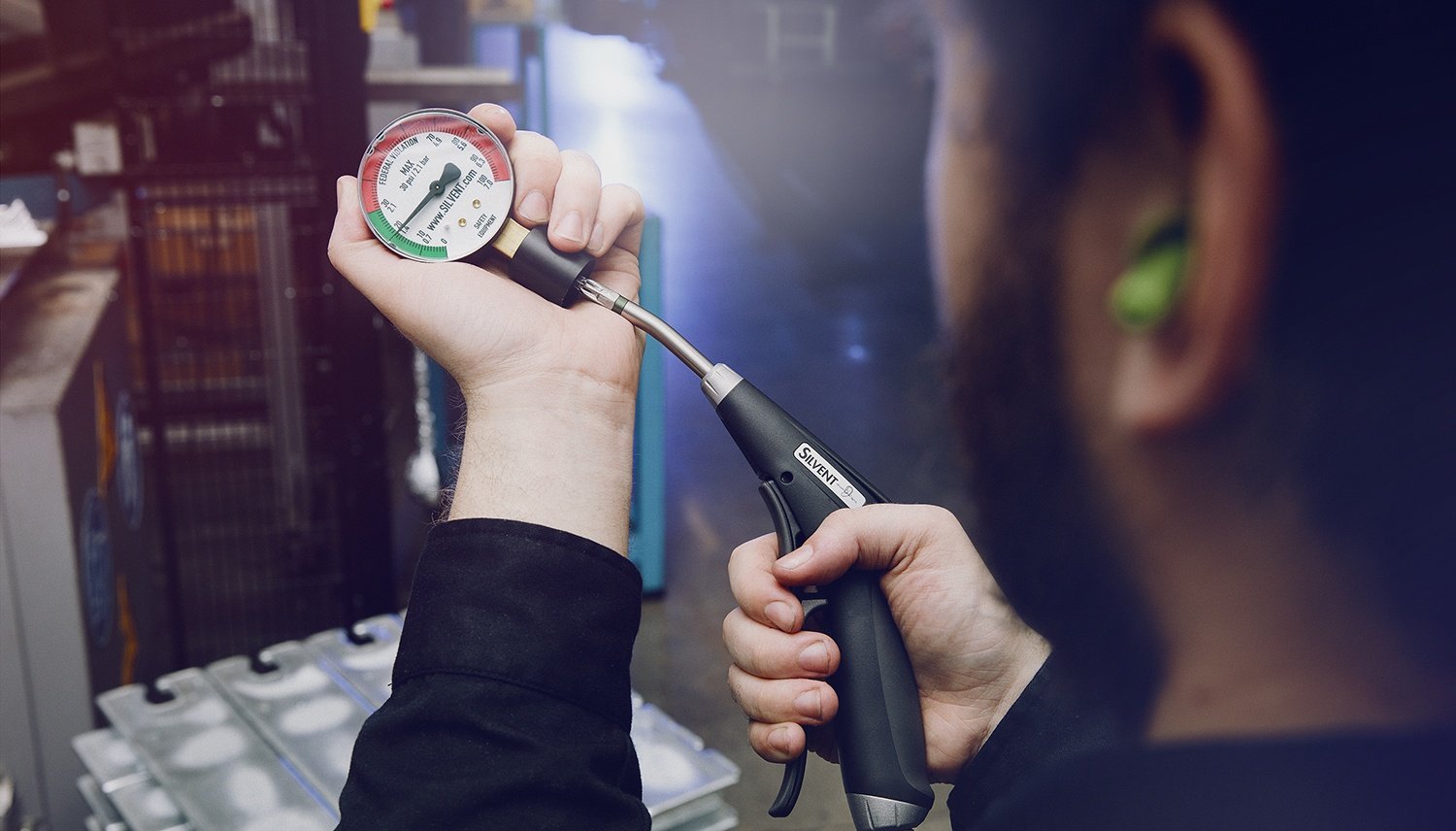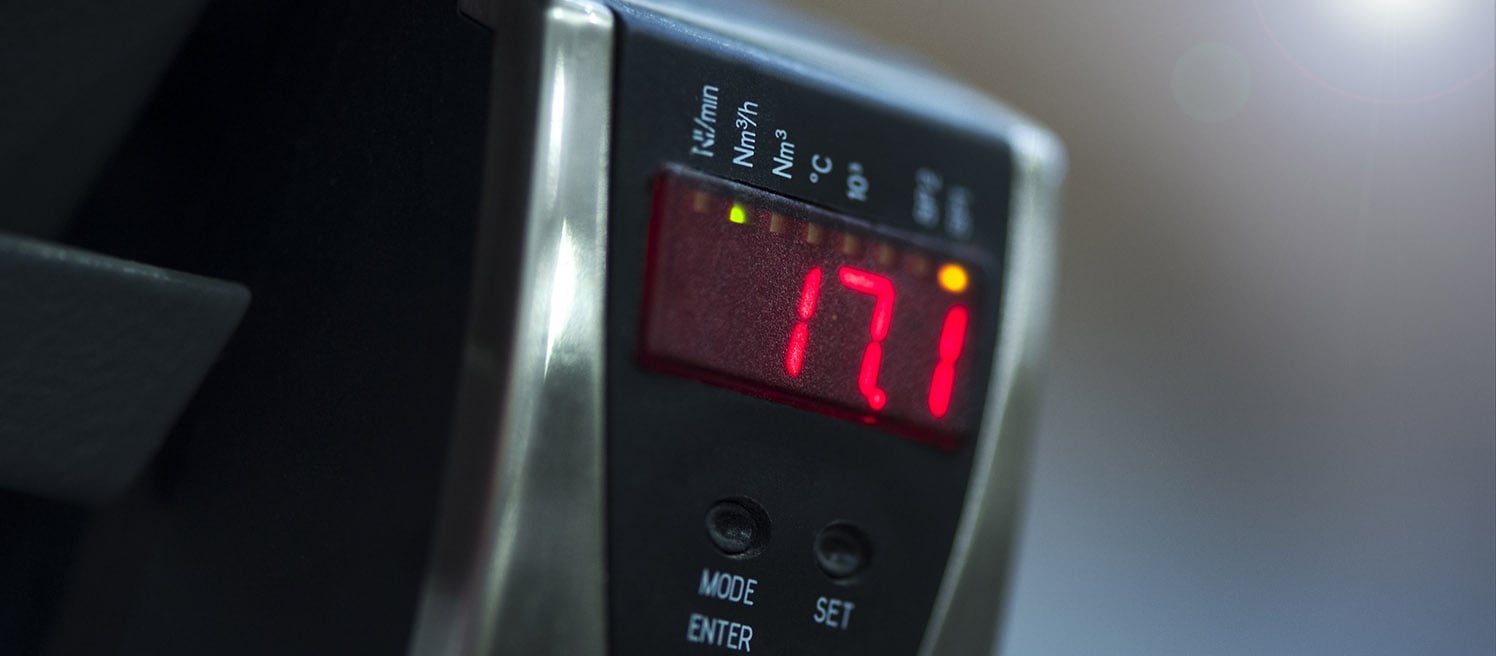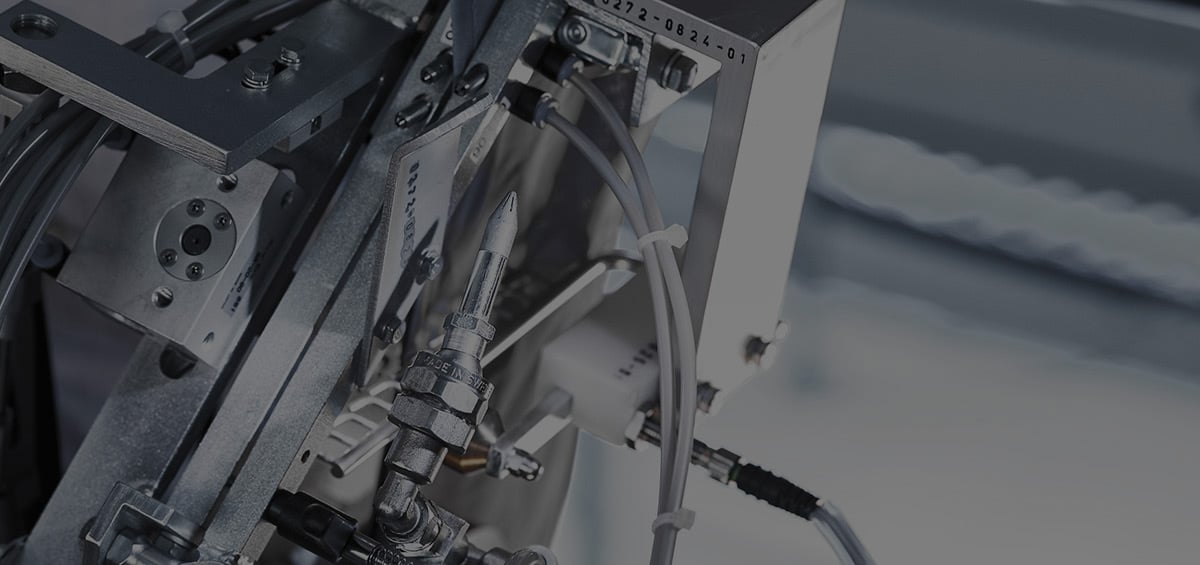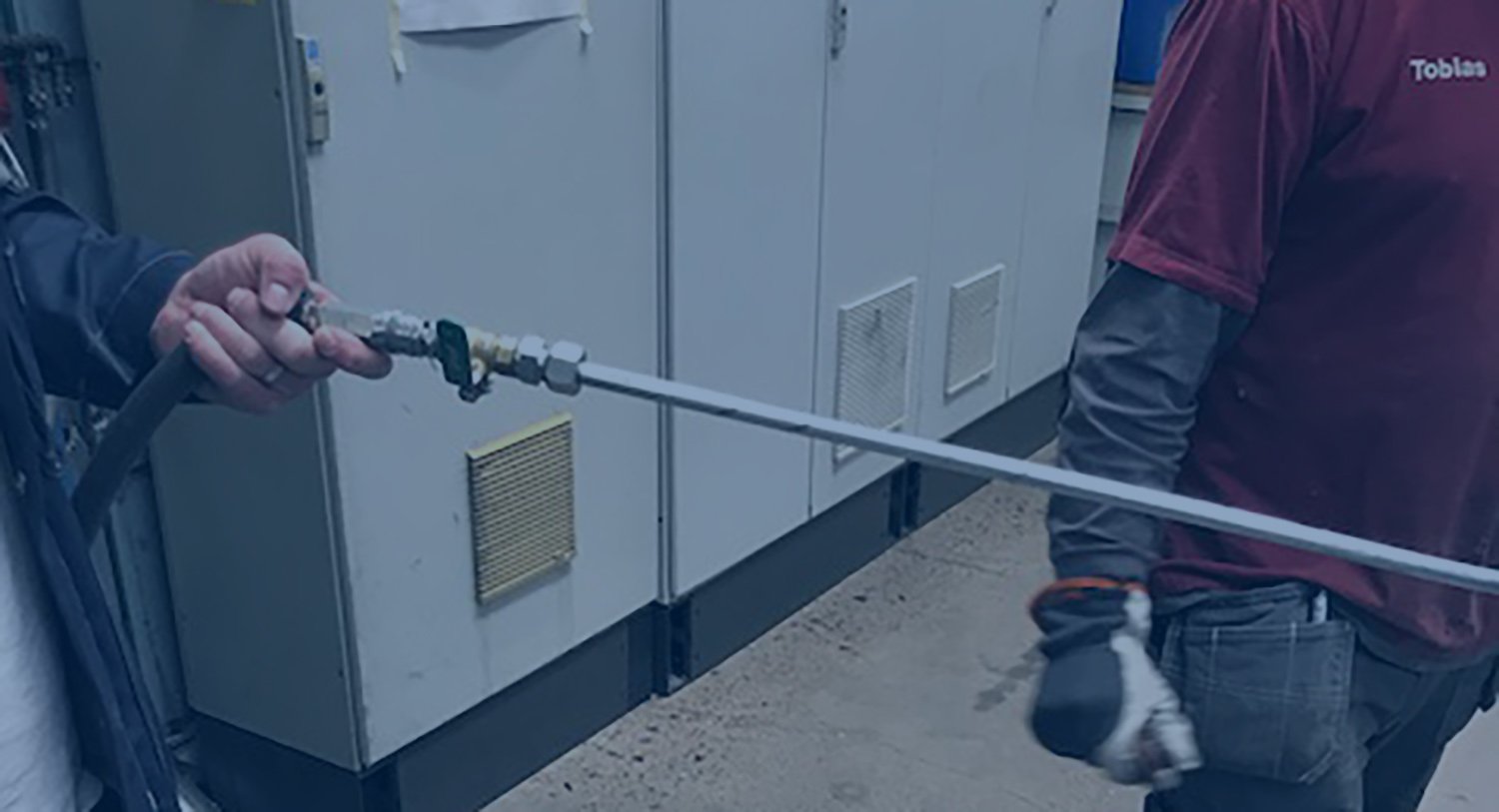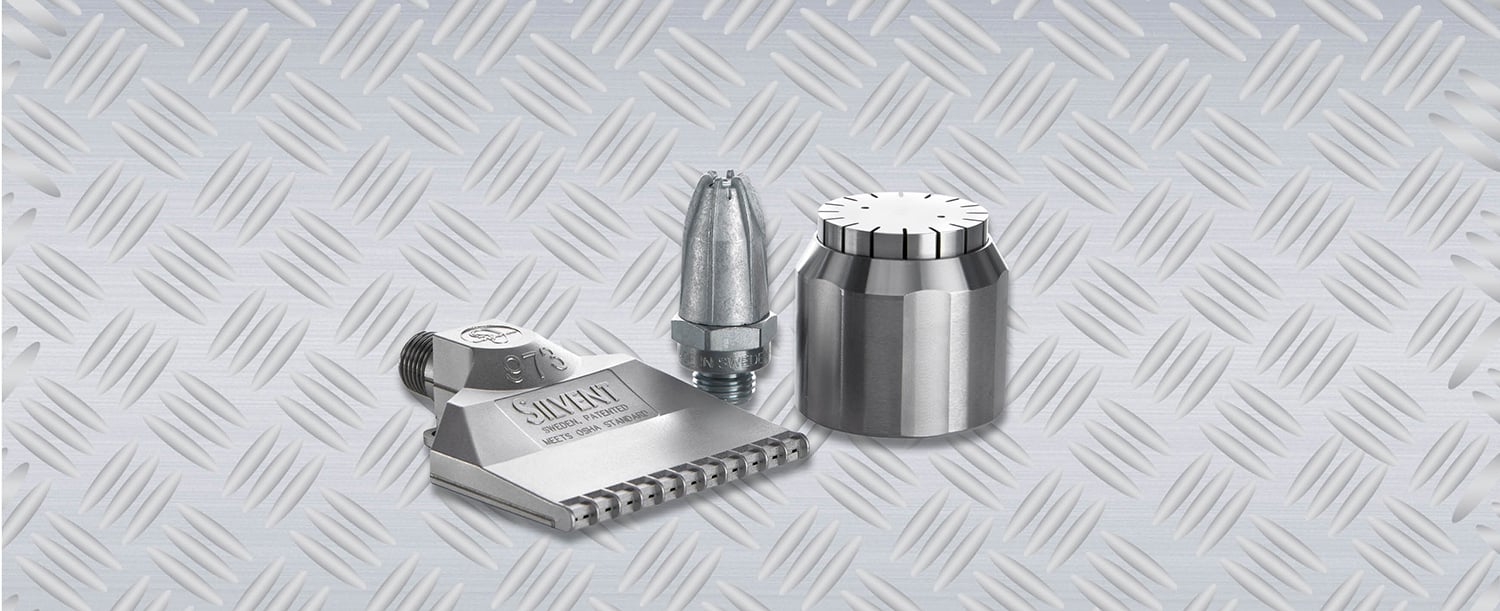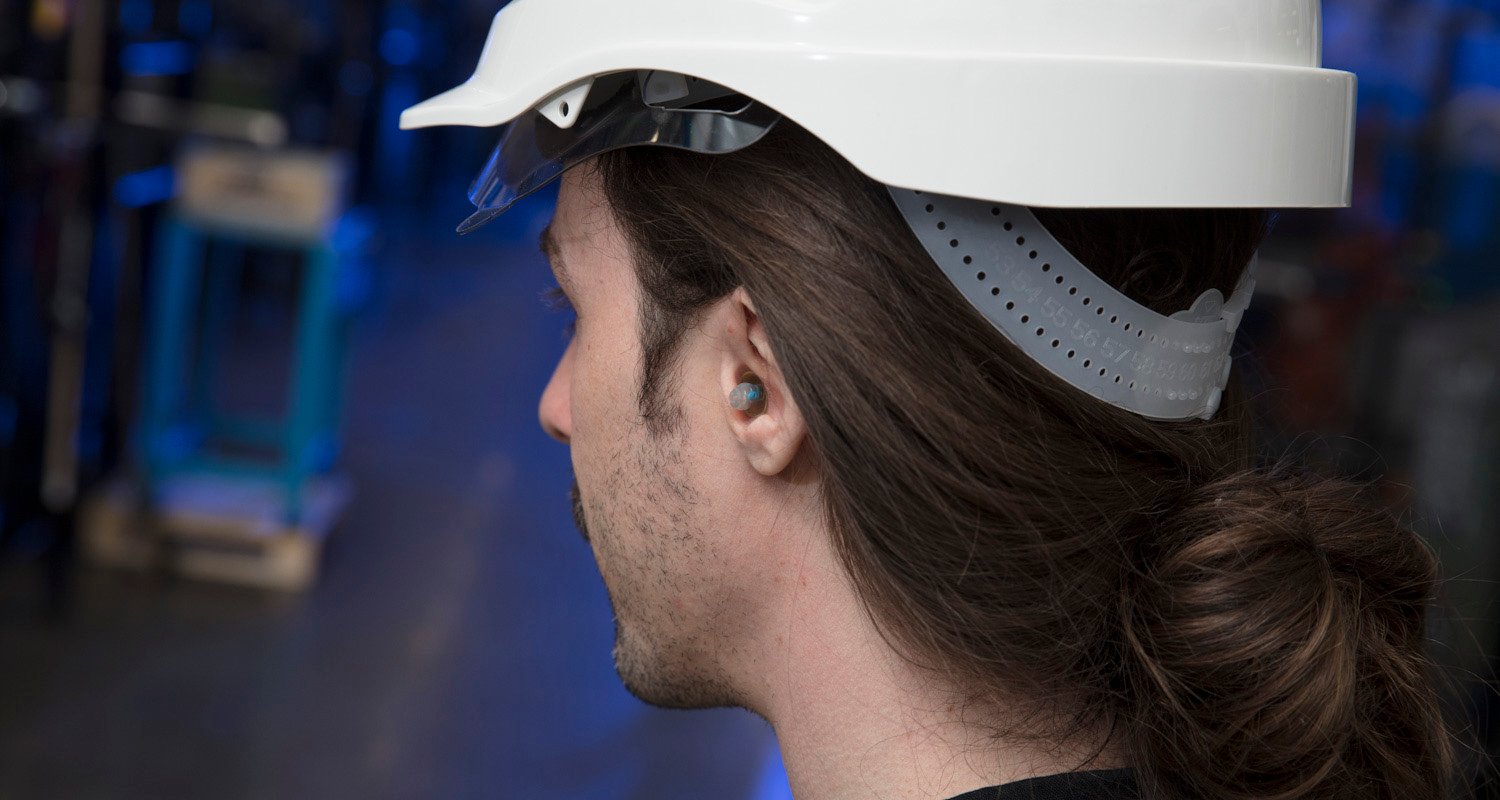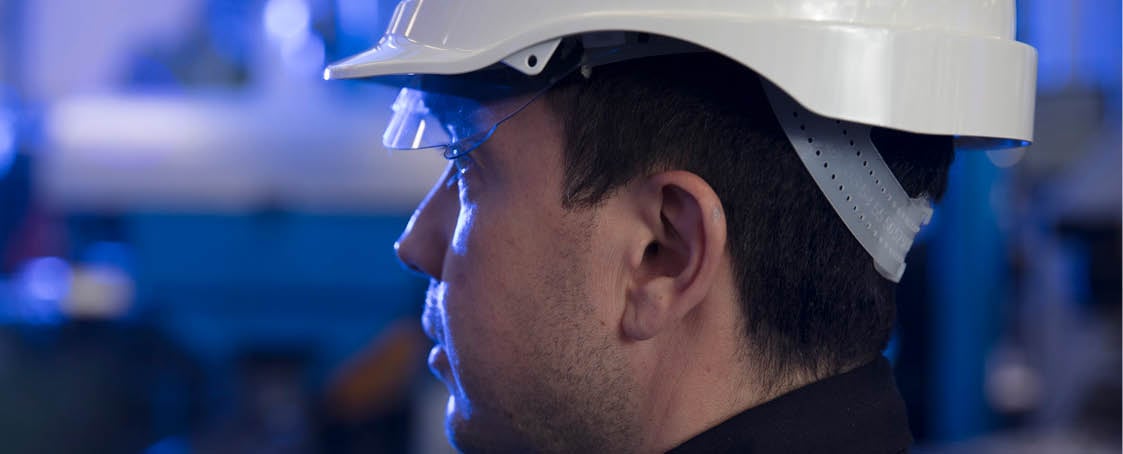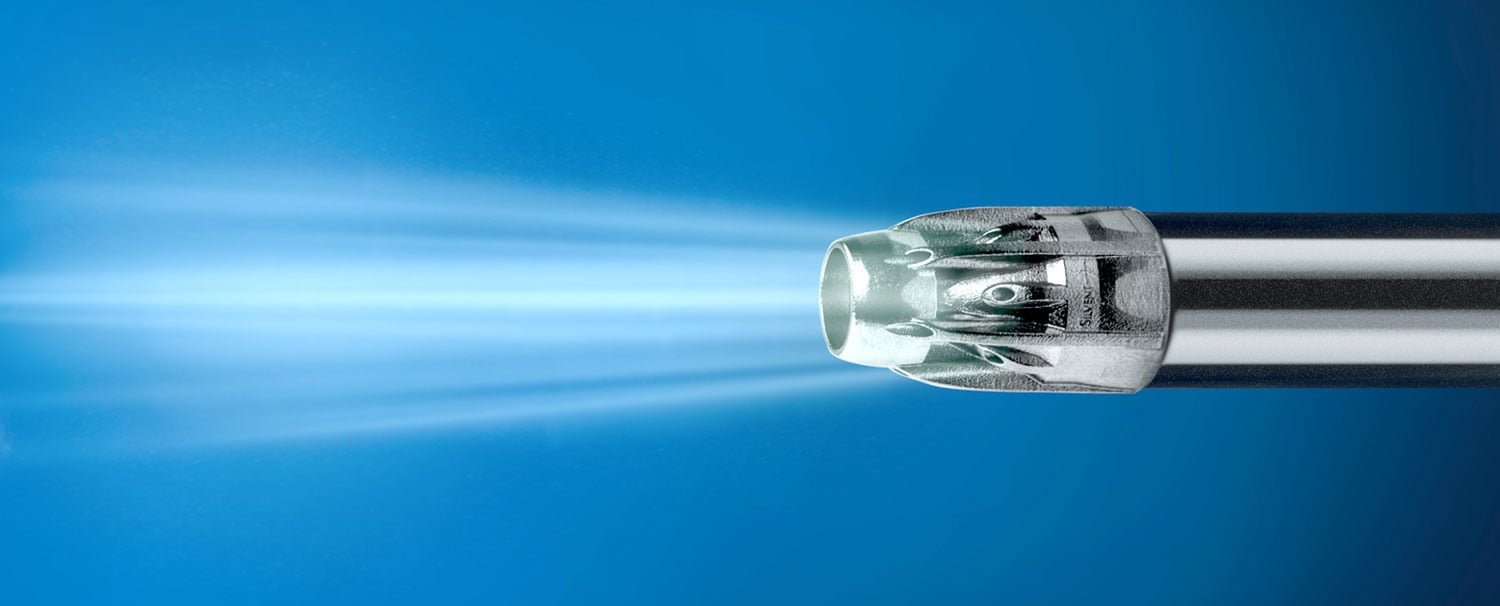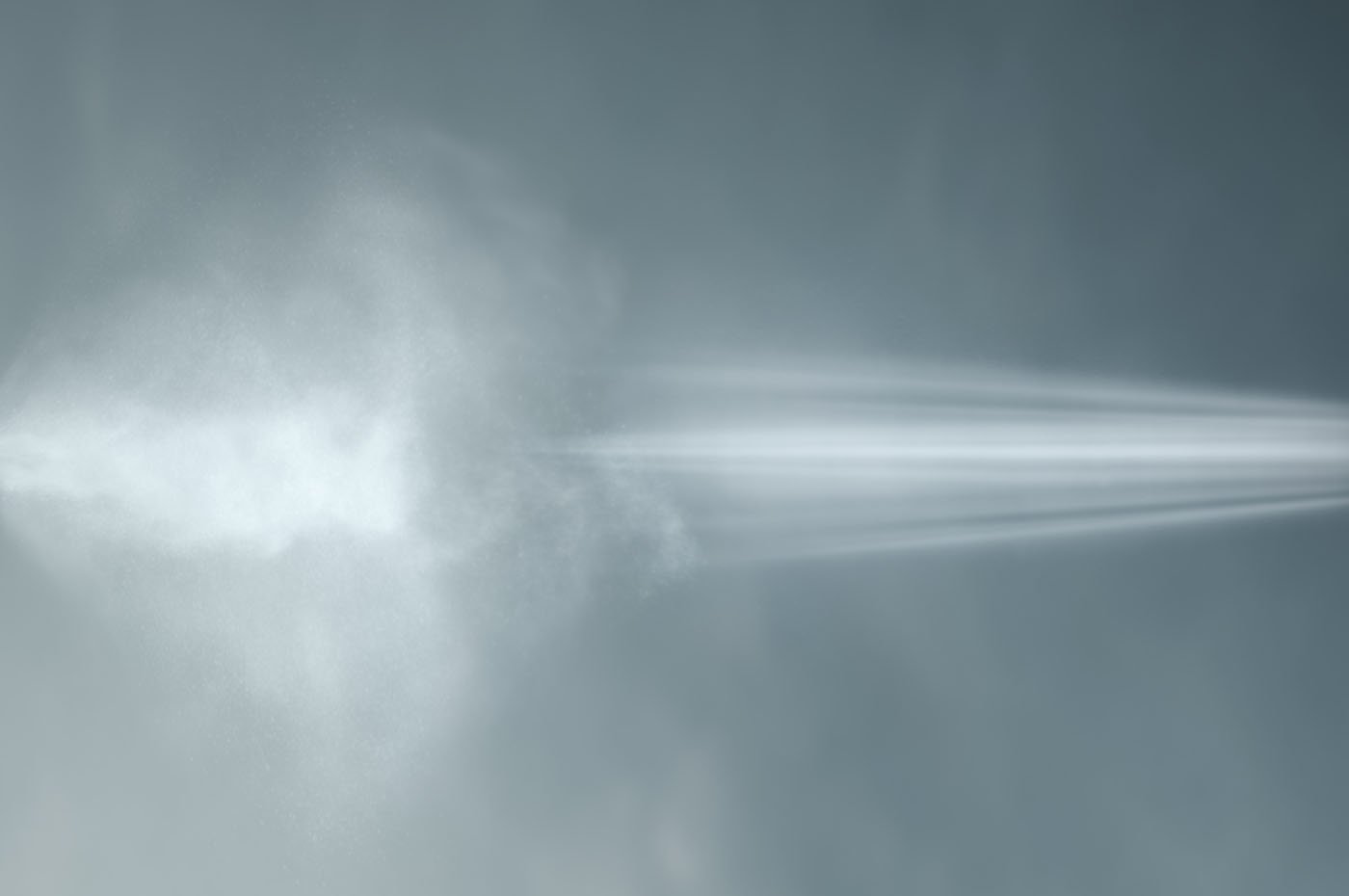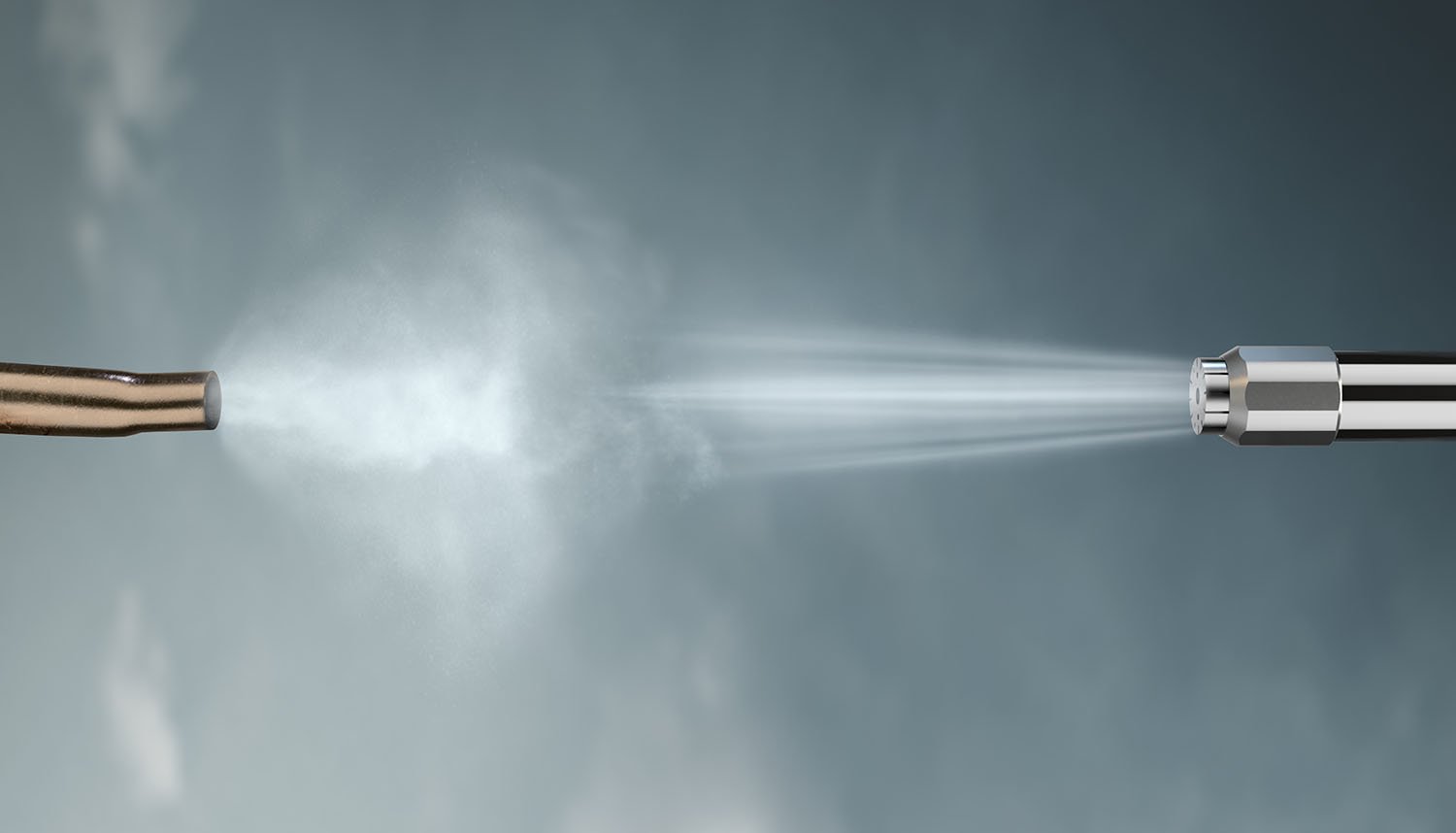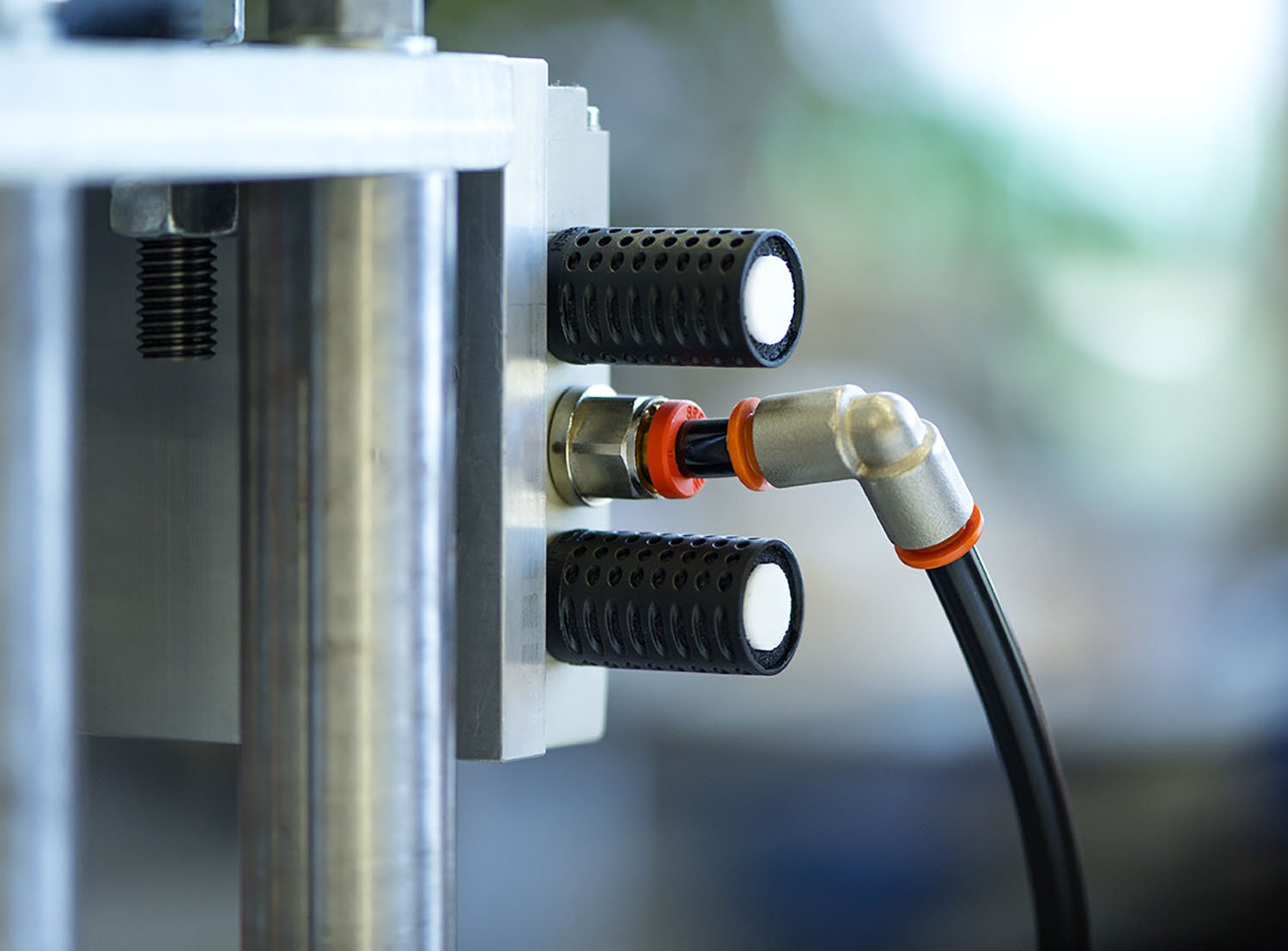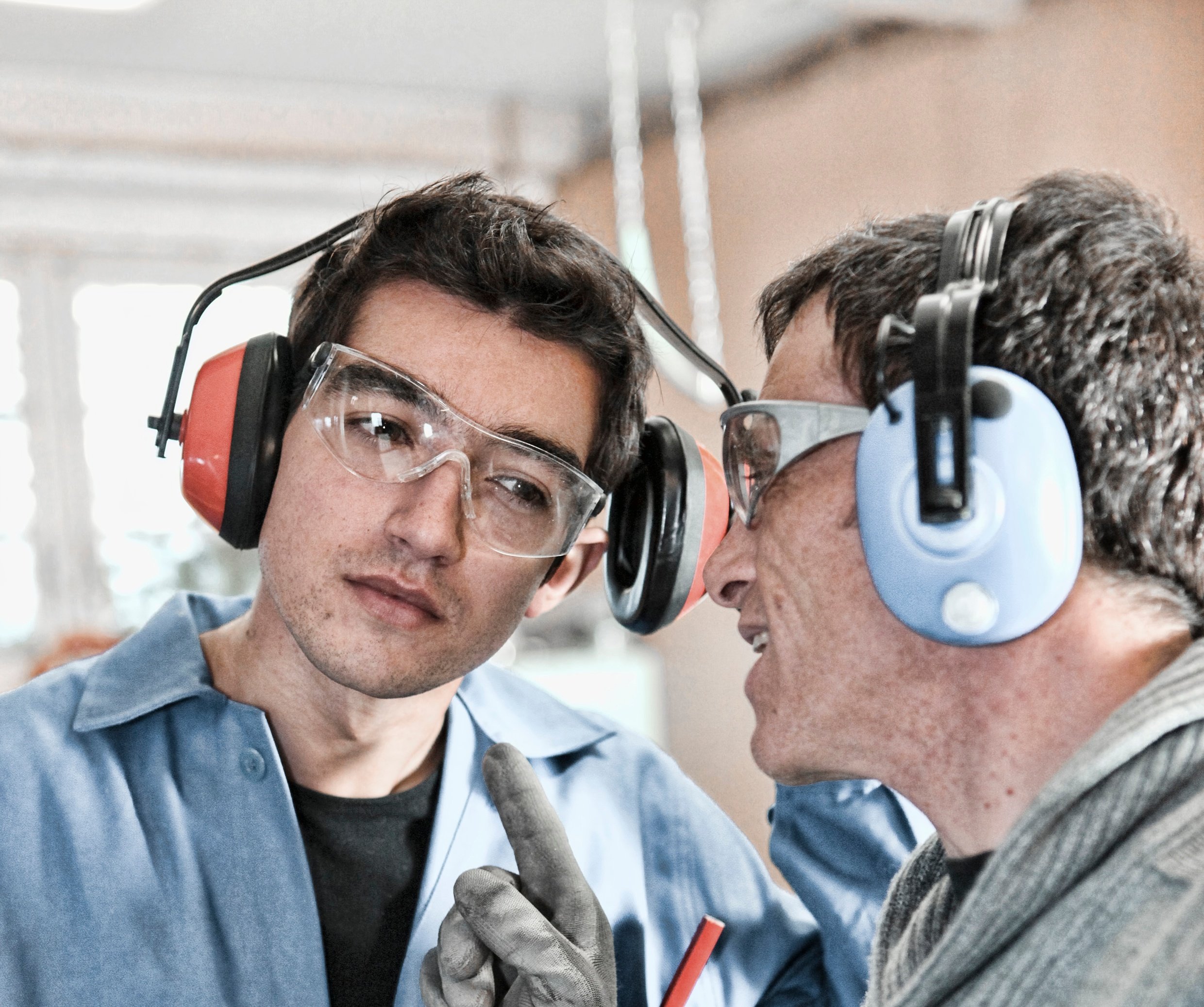The difference between a safe and a regular air blow gun is the static pressure that occurs if the tube orifice gets totally blocked. If the static pressure becomes too high, or the compressed air is blown directly towards the body where there is an open wound, the compressed air can get underneath the operator’s skin and enter the bloodstream: which can lead to serious injuries. A safe air blow gun does not get a too high static pressure since the tube orifice never can become totally blocked.
The easiest way to find out what static pressure the air blow gun has is to use an air pressure meter, to measure the pressure at the air blow gun’s tube orifice.
Regulations about safe air blow guns
There are two countries that regulate this, the United States and Switzerland. In the United States OSHA (Occupational Safety and Health Administration) regulates occupational safety, and in Switzerland it is SUVA (Schweizerische Unfallsversicherungsanstalt). Safe air blow guns can therefore sometimes be called SUVA approved or marked that they fulfill OSHA´s requirements. To be classified as safe, by OSHA, the air blow gun is only allowed to have a static pressure of 30 psi (2.1 bar). SUVA has similar rules.
View our static pressure test and read more about how it is possible to combine a safe and efficient blowing with compressed air. Click on the read more button below.

